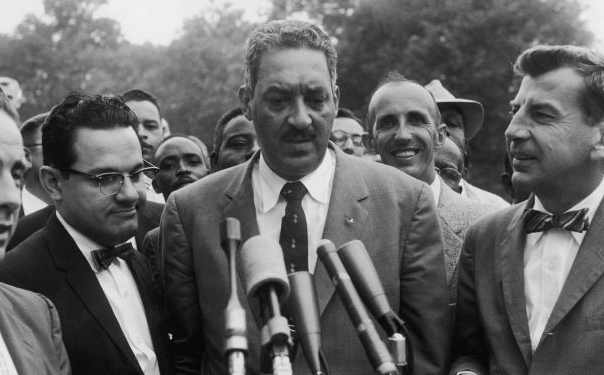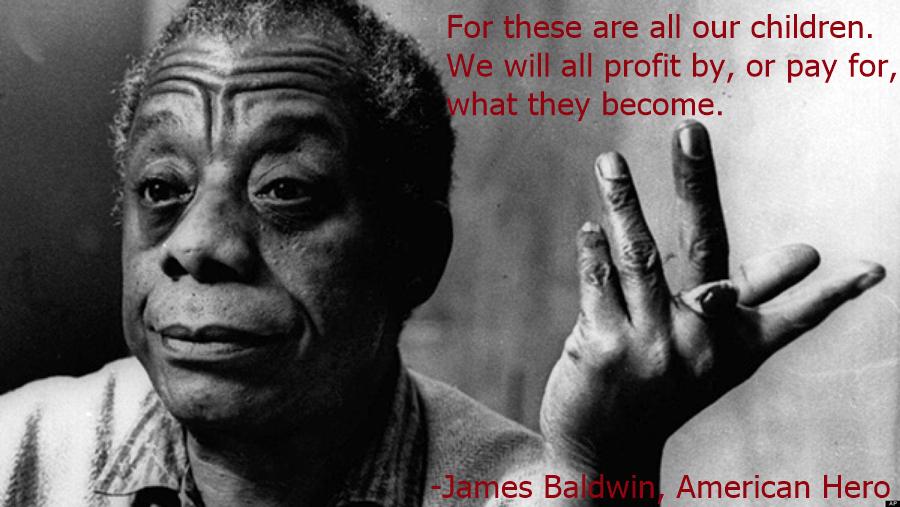East Harlem School’s Utopian Spirit Devolves Into War - The New York Times:
East Harlem School’s Utopian Spirit Devolves Into War
A group of parents, staff members and alumni of Central Park East I at a meeting in April, where they presented a petition demanding the removal of the school’s principal, Monika Garg. Credit Karsten Moran for The New York Times
Central Park East I, a small public elementary school at Madison Avenue and 106th Street, opened in 1974 with a lofty goal: to offer the children of East Harlem a nurturing, arts-focused education more often provided in private schools. There was no fixed curriculum. Students learned math through cooking and carpentry, studied violin and went ice skating. The utopian vision was carried over to the school’s democratic style of governance.
The school earned a reputation as an exemplar of progressive public education. Its founder, Deborah Meier, became a leader in the small-schools movement,
starting several others and winning a MacArthur award in 1987.
Today, in an era of data-driven assessments, Central Park East I remains an anomaly, proud of its spirit of total freedom. Teachers decide what to teach, and students are encouraged to pursue their own interests, whether that means writing short stories or building a zoo’s worth of animals out of papier-mâché.
But since Monika Garg took over as principal last summer, simmering tensions among parents and staff members have erupted into an all-out war.
On one side are parents and at least half the teachers, who accuse the New York City
Education Department of installing Ms. Garg in an attempt to make the school more traditional. These parents and teachers say that she is forcing teachers to adopt prepackaged curriculums, bringing in families with little stake in the school’s approach and retaliating against teachers who resist her policies by starting investigations focused on them. They held a rally outside department headquarters on Tuesday calling for her removal.
“In the nine months that she’s been there, she sort of has done everything she can to divide the community,” said Bonnie Massey, who has a son in second grade. “She’s mistreated teachers. She’s mistreated children. She has said things that are incredibly offensive.”
On the other side are parents who see Ms. Garg as trying to return the school to its mission of serving East Harlem’s children, which they say it has lost by increasingly catering to middle-class families.
“Debbie Meier said in one of her books that, without a powerful system of accountability, well-intentioned schools can easily become smug, secretive, tyrannical and even racist,” said Elaina Watkins, who has three children at the school and supports Ms. Garg. “And as a parent at C.P.E., I can see that is what has happened at the school.”
A Demographic Shift
What is not in dispute is that, in recent years, the makeup of the school, which does not draw from a defined zone, has changed significantly: In 2004-5, it was 92 percent black and Hispanic; 54 percent of students
East Harlem School’s Utopian Spirit Devolves Into War - The New York Times:



















